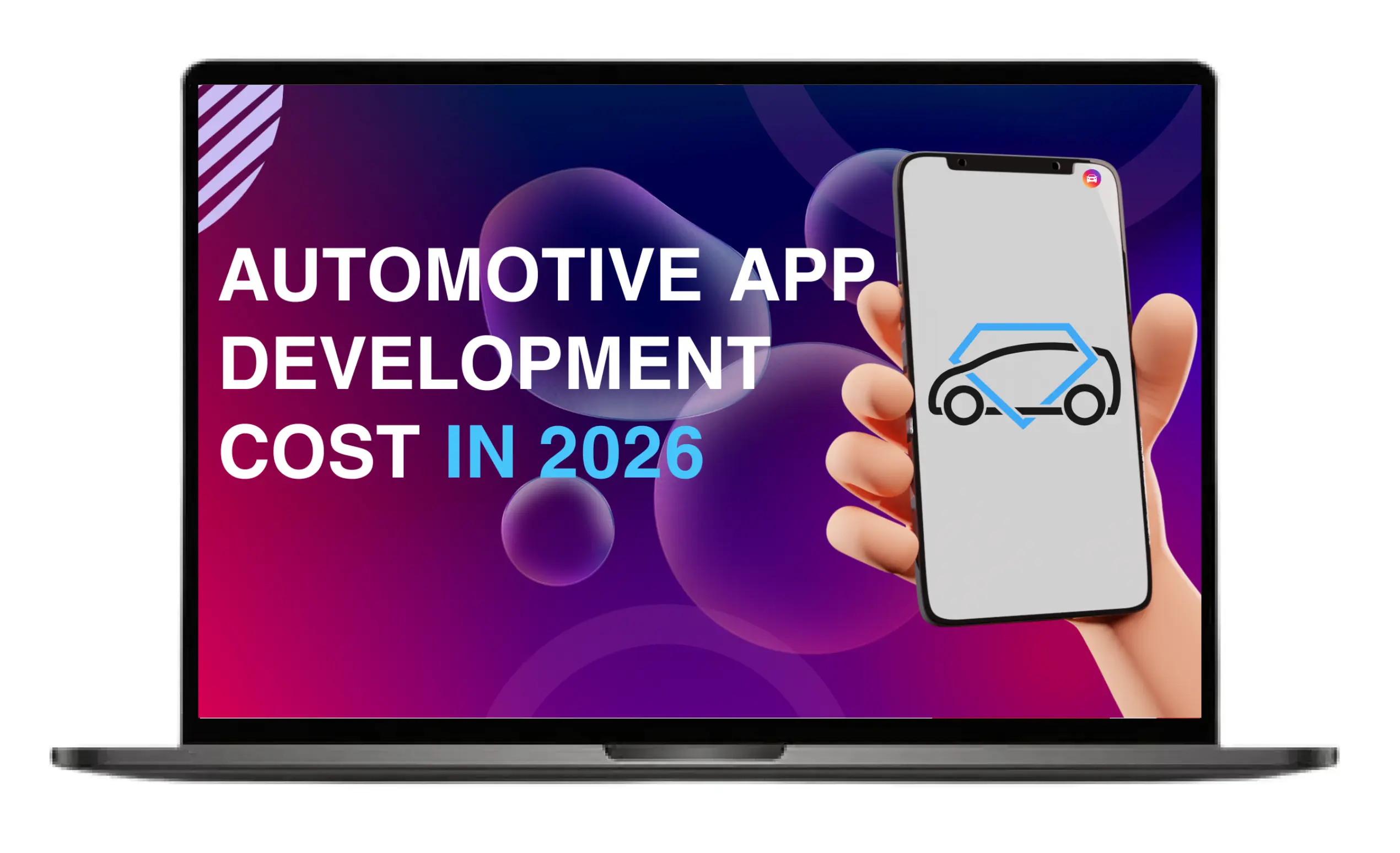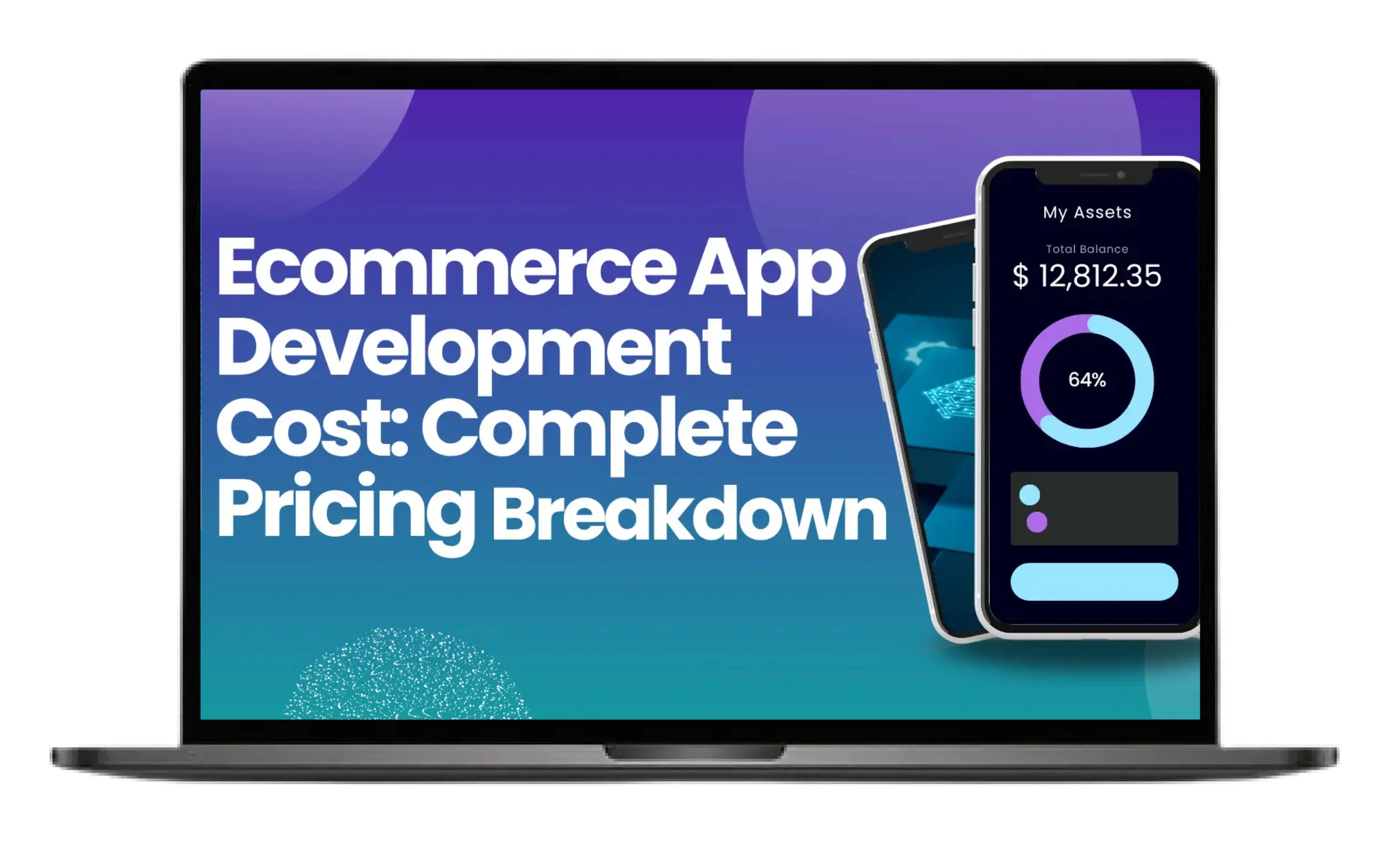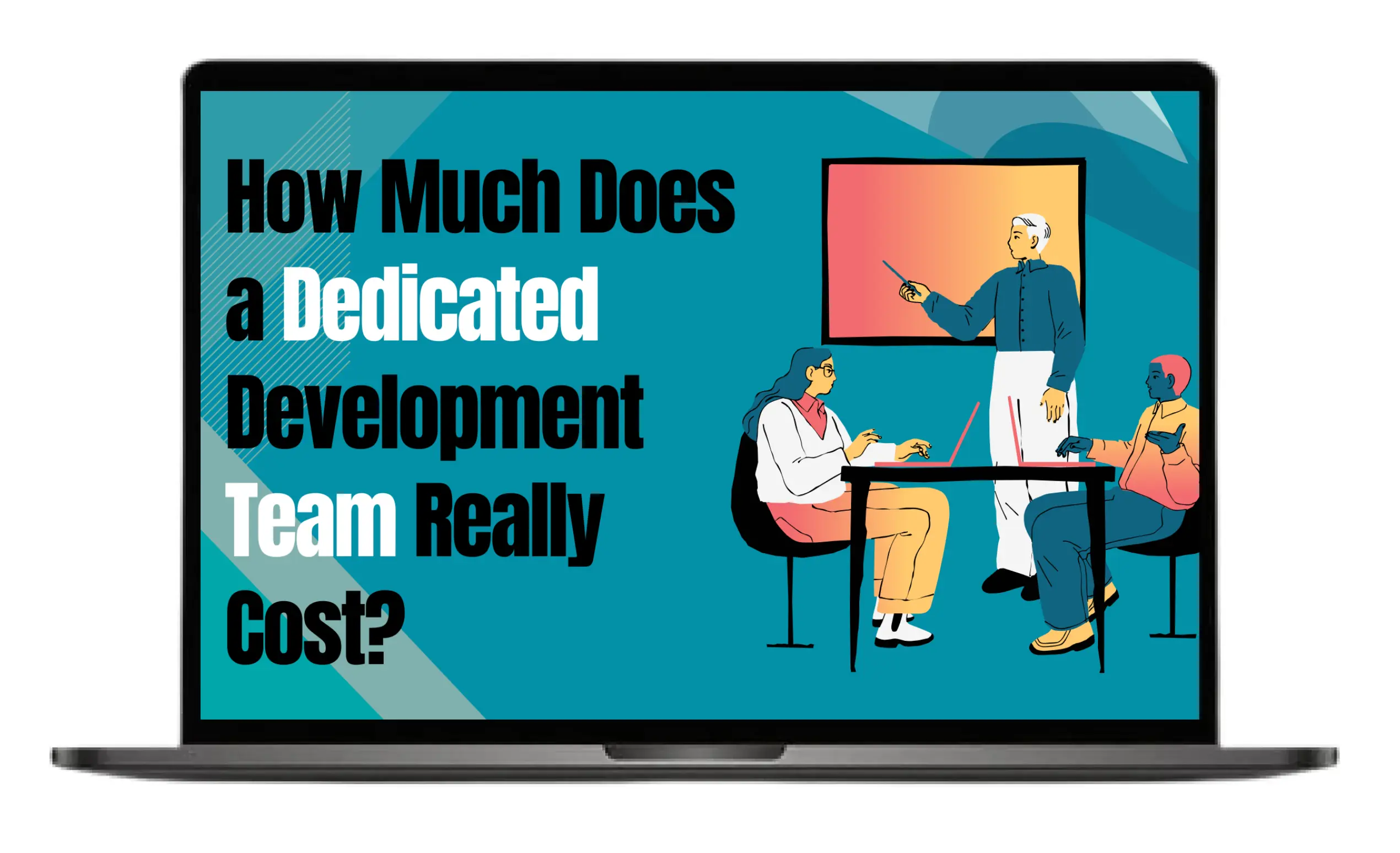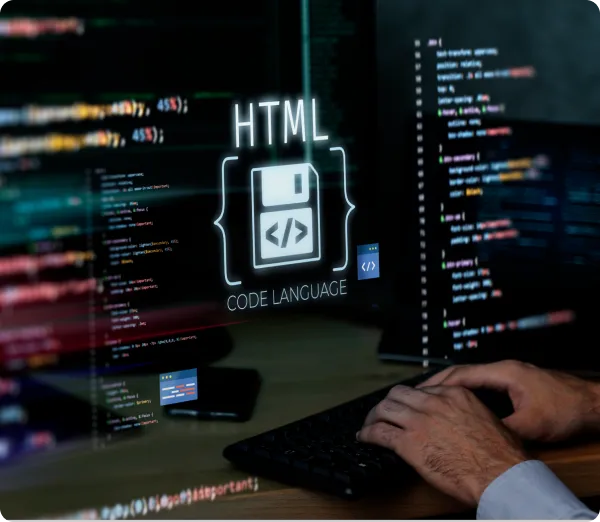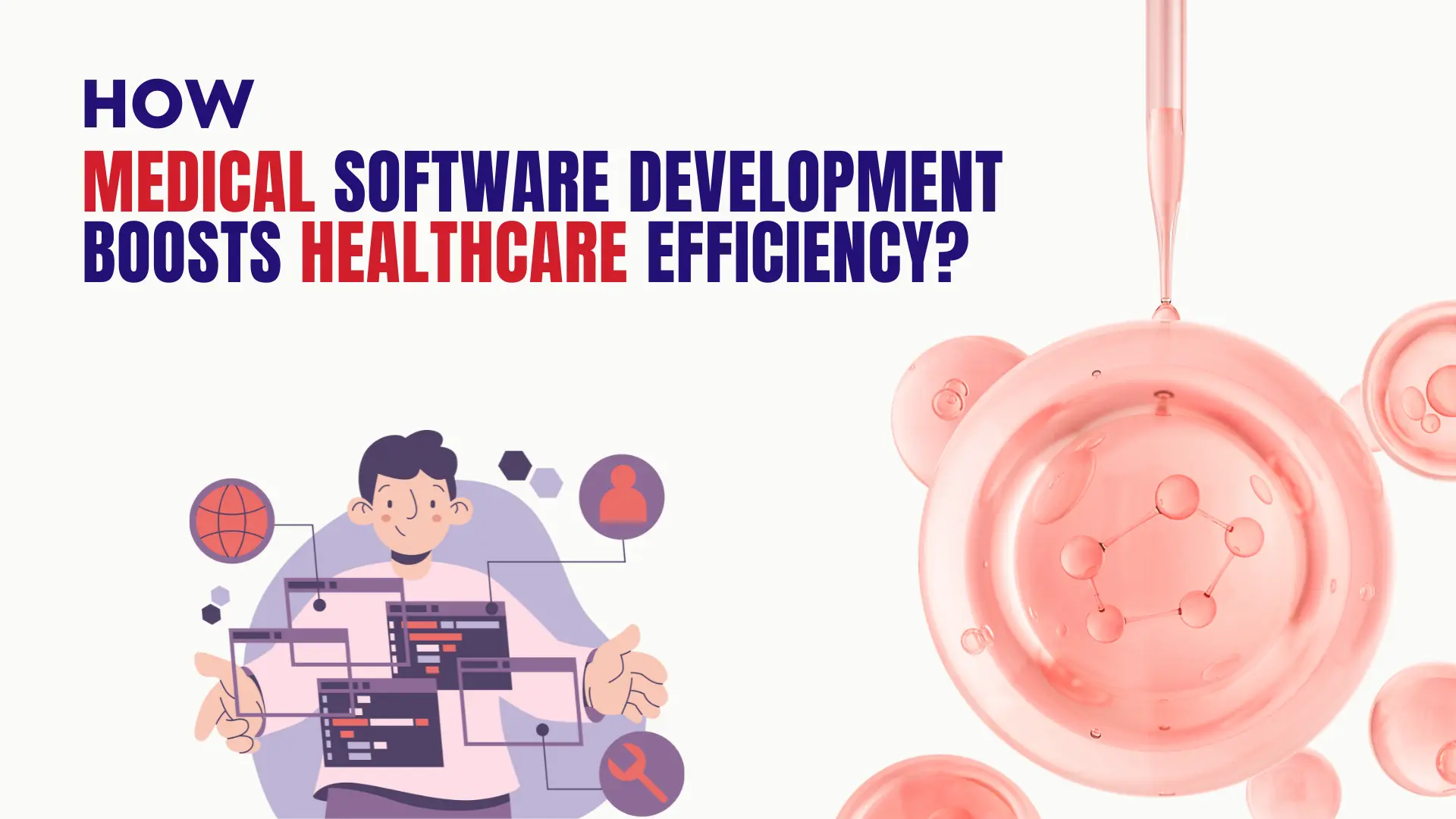
Inefficiencies continue to cost 30 percent of revenue to 90 percent of U.S. hospitals. Medical software is the remedy. The problem with old systems is that they decrease the speed of doctors and staff members. Manual records introduce errors and consume too much time. Medical software development alters this. It converts patient records to be digital. It solves the scheduling and billing issues. It enhances hospital processes.
What is Medical Software Development?
Medical software development refers to the development of software applications for medical facilities. These tools enhance the way that doctors, nurses, and hospitals do their job. They can keep patient records, set appointments, and bill. Some software does telemedicine and online advice. Others assist with diagnostic tests, imaging, or hospital management.
Medical software can be implemented in a large hospital or in alternative clinics. It increases accuracy and reduces human mistakes. The ultimate aim is to provide better patient care and ease of workspace for staff.
Types of Medical Software Solutions
There are eight main types of medical software:
Electronic Medical Records (EMR/EHR)
These systems retain the history of patients in electronic form. Physicians are able to view previous visits, tests, and treatments quite easily. It saves time and paper work.
Practice Management Software (PMS)
This software supports everyday clinic work. It facilitates appointment making, billing, and employee schedules. It ensures smooth running of clinics.
mHealth and Q Telemedicine Applications
These apps allow patients to chat with doctors on the internet. They take care at home by using phones or video. It minimizes traveling time and increases care reach.
PACS Software & Medical Imaging
This software records and distributes medical images. X-rays, MRIs, and scans can be seen by doctors. It aids fast and precise diagnosis.
CDSS enabled by AI
The AI tools assist physicians with intelligent recommendations. They consider data as used in diagnosis and treatment. This enhances patient safety results.
IoMT Devices and RPM
Devices monitor patient-health at home. They transmit such data as heart rate and blood pressure to physicians. It assists in detecting issues at an early stage.
Laboratory Information Management Systems (LIMS)
This is a lab testing software. It follows samples, results, and laboratory work. It mitigates mistakes and accelerates reporting.
Pharmacy Management & E-Prescribing Software
Pharmacies take this software to handle drugs. Prescriptions can be electronically sent by the doctors. It reduces mistakes and enhances patient safety.
At Red Star Technologies, we can help you develop all these software, which can help to boost healthcare efficiency.

Advantages of Medical Software Development in Healthcare
Following are six main advantages of medical software development:
1. Efficient Clinical Processes and Streamlined Operational Support
Hospital software facilitates everyday activities. It automates appointment setting and invoicing, saving staff hours. Online in-take forms can replace paperwork and lower errors. Patients are able to sign e-Consent, which makes the check-in process quicker. This can free up the doctor to have more time to provide care as opposed to paper work.
2. Improved Patient Care & Outcomes
Software gives doctors the ability to access real-time patient information. This enables them to make quicker and correct decisions. They are also able to develop treatment plans depending on patient history. Predictive analytics lets doctors know of danger in advance before things deteriorate. Consequently, patients improve more quickly and are more satisfied with treatment.
3. Enhanced Data Standardization & Integration
Medical record errors may bring huge problems. Medical software limits these inaccuracies by maintaining pure, digital data. It is also compatible with standards such as HL7, FHIR, and DICOM. This implies there is easy information exchanges among different systems. The same accurate information is available to doctors in the various hospitals.
4. Regulatory Compliance & Security
Healthcare data is confidential and has to be secured. Medical software adheres to regulations such as HIPAA, GDPR, and FDA regulations. It encompasses high security like encryption and access control. This prevents leakages or hacking of patient records. Hospitals are not fined, and patient trust is established.
5. Cost Reduction & Revenue Optimizing
It is common to see hospitals lose money due to readmission and billing mistakes. RPM can be used to reduce readmission. Medical software will ensure faster processing of claims with fewer denials. This implies increased sales without time losses. Overall, hospitals save money and become financially healthier.
6. Scalability & Future Proofing with Cloud & Microservice Design
Healthcare requirements develop with time, and software must follow. On cloud systems, a hospital can increase its facilities without incurring significant expenses. Microservices allow simple updates without stopping an entire system. This design maintains flexibility of the software and future proofing. Hospitals do not have to rebuild everything to implement new tech.
Core Technologies used in Modern Medical Software Development
Following are the main technologies used in medical software development:
Artificial Intelligence (AI) and Machine Learning (ML)
AI and ML assist the doctors in processing medical data in a short time. They assist in predictive analytics (identifying risks early) and NLP in the clinical setting (reading the medical notes).
IoT and wearable integration (IoMT, telemetry devices)
The IoMT links medical items, such as heart monitors, body trackers, and telemetry instruments. These transmit your health information to doctors in real time.
HealthCloud Computing (AWS HealthLake, Azure Health Data Services, GCP Healthcare API)
Cloud platforms process and securely store large volumes of health data. They enable hospitals to scale without experiencing hard IT expenses.
Blockchain in Health Data Internet Security
Blockchain prevents the manipulation of patient records. It enables the safe share of data between hospitals, labs, and insurers.
API-First & Microservices Design for EHR Integration
The use of APIs assists in enabling the communication between various healthcare systems. Microservices also make software flexible, scalable, and easy to update.
Development Process of Medical Software Development
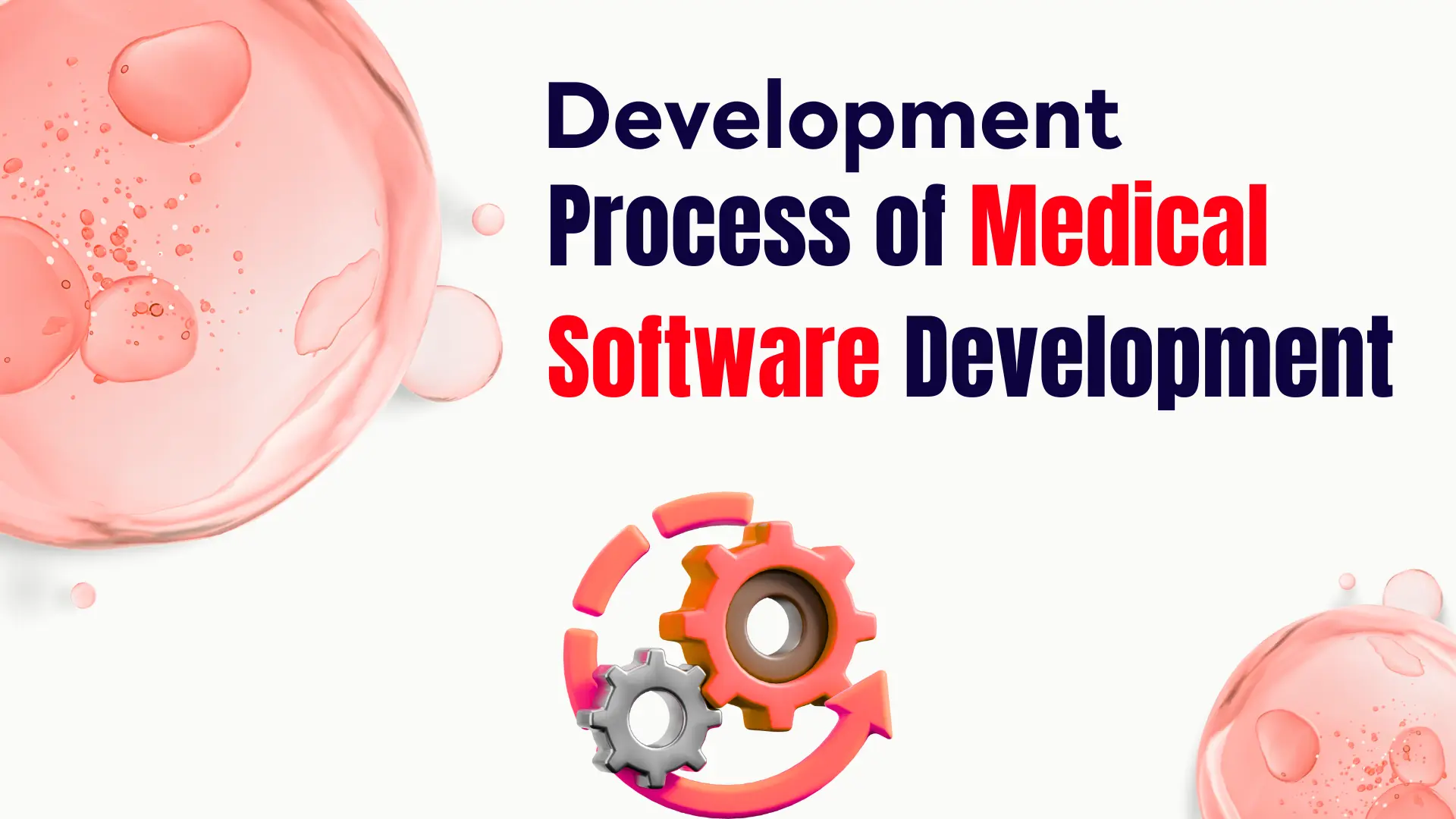
1. Requirements Gathering and Stakeholder Workshops
The first part is to know what the hospital or clinic requires. Workshops are given to doctors, nurses, administrators, and IT staff. Groups present their day-to-day challenges and objectives. This assists in developing a clear roadmap of the software. It guarantees that the system will not only expand, but actually address real problems.
2. Regulatory & Security Gap Analysis
Medical programs should obey strong regulations. Teams verify data security and compliance loopholes. There is a thorough review of HIPAA, GDPR, and FDA requirements. Risk analyses identify areas of weakness that must be resolved. This will ensure the project does not get into legal or safety problems in future.
3. Accessible UX/UI Design
Good design ensures that software is easy to use by anybody. Designers concentrate on simple layouts, readable text, and straightforward navigation. Regulations such as WCAG 2.1 and Section 508 are used. This will facilitate the usage of the system by patients with disabilities. The aim is to make the software natural to use both by the staff and patients.
4. Agile Software Development and DevOps
The software is constructed in short, controllable steps. Changes can be made according to new needs by using Agile methods. Testing and deployment is quick through DevOps tools. Automation of tests saves human errors and accelerates quality testing. This makes development flexible, reliable, and on schedule.
5. Verification & Validation
After construction, the software is tested with medical standards. Verification checks whether the systems operate as intended. Validation checks that it complies with healthcare safety and quality regulations. This is done according to standards such as IEC 62304 and ISO 13485. In the U.S., it may also require FDA clearance (such as 510(k)).
6. Deployment and Integration
The software is prepared and set up in place. It interfaces with hospital systems via HL7 and FHIR with great ease. This allows data exchange between EHRs, labs, and pharmacies. Employees are trained to operate it easily. The aim is to ensure a seamless launch without interfering with patient care.
7. Support and Continuous Compliance Oversight Post-Launch
The work is incomplete after launching. Continuous support is essential to keep the software up to date and secure. Compliance with the HIPAA, FDA, and GDPR rules is important. Bugs and performance problems are solved quickly. This enhances the durability of the system.
Red Star Technologies is competent in this process. We provide scalable medical software development to enhance efficiency in the health sector.
FAQs
1. What is medical software development?
It refers to the development of digital solutions, such as EHRs, the Internet of medicine, and hospital management systems, enhancing healthcare.
2. How does medical software enhance efficiency?
It cuts paperwork, automates procedures, accelerates access to data, and enhances patient care.
3. Are medical software safe?
Yes, when constructed with HIPAA, GDPR, and FDA standards in mind, it is impossible to leak patient data.
4. How much does medical software take?
A simple solution can take 3-4 months, more complex 12-18 months. The price depends on the complexity of the medical software.
5. What is the cost of custom medical software?
The price depends on the features and complexity of an app - $60k - simple app, $500k+ - enterprise AI systems.
6. Can medical software be incorporated into existing hospital systems?
The connection of new software with older hospital IT systems is possible using standards such as HL7 and FHIR.
7. Does medical software benefit the patient?
It allows patients quick access to records. It also helps them to get online appointments, and quick access to doctors.








